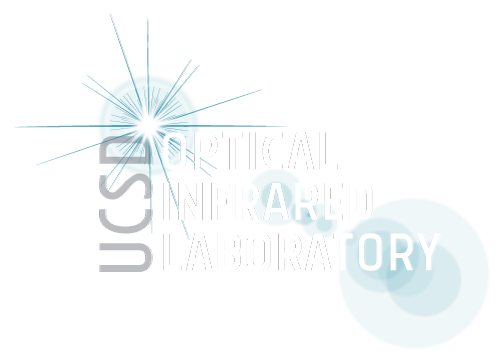
Mail & Shipping
University of California, San Diego
Center for Astrophysics & Space Science |
Department of Physics
9500 Gilman Drive
La Jolla, CA 92093-0424
Contact info
UCSD OIR Laboratory
Prof. Shelley Wright
Telephone: 858-534-3316
Building: Science Engineering Research Facility (SERF), Room 463
Email: oirlab[@]physics.ucsd.edu